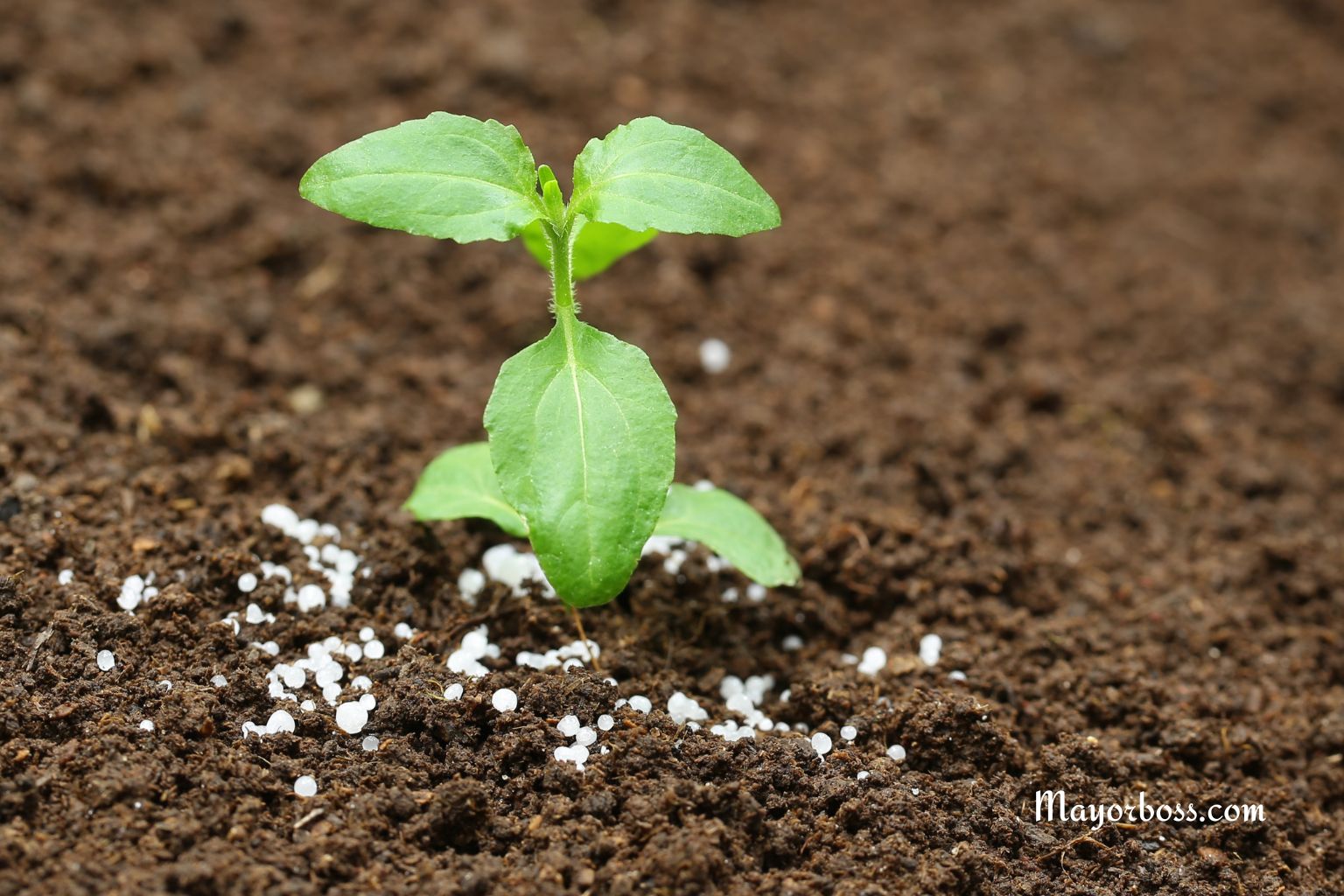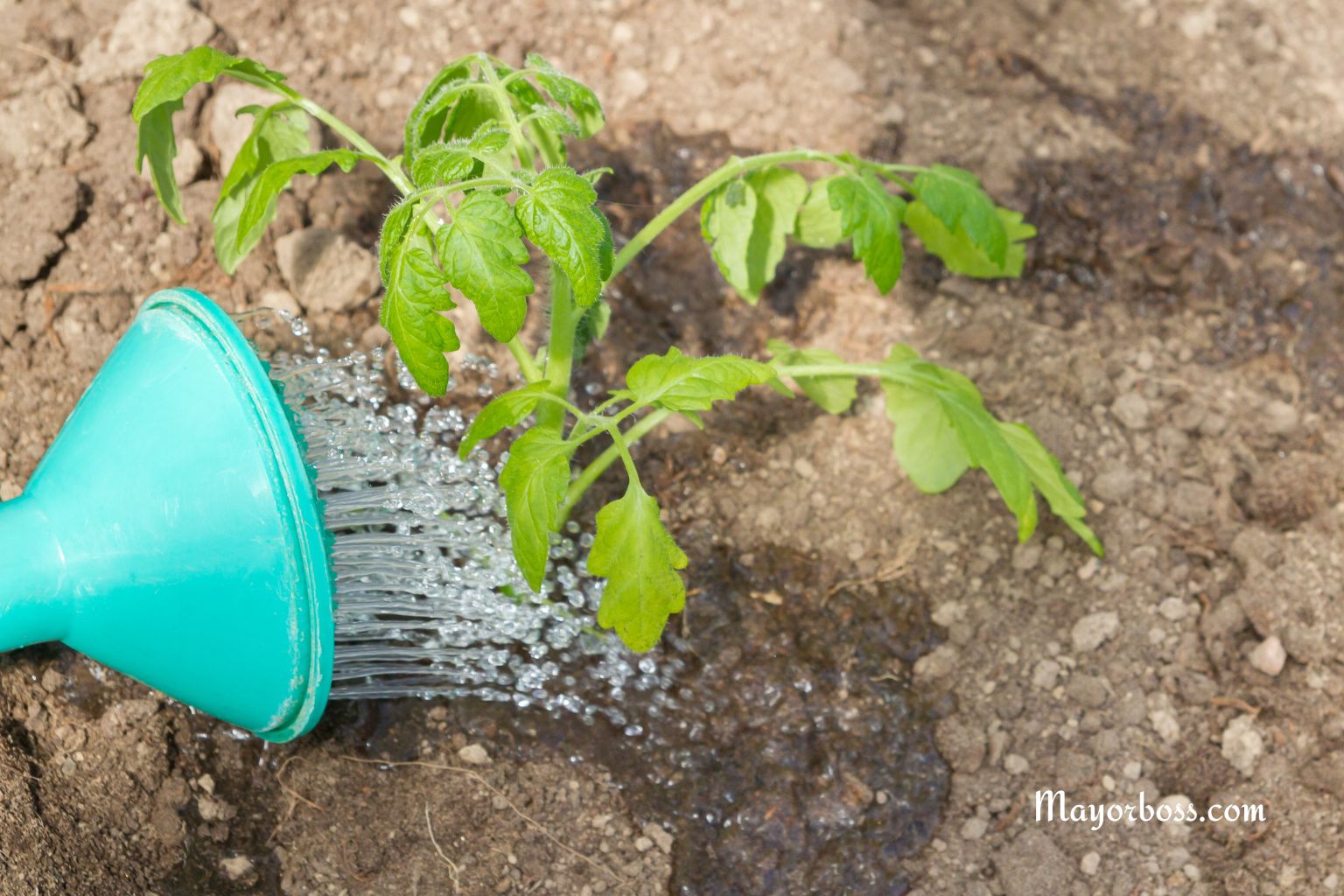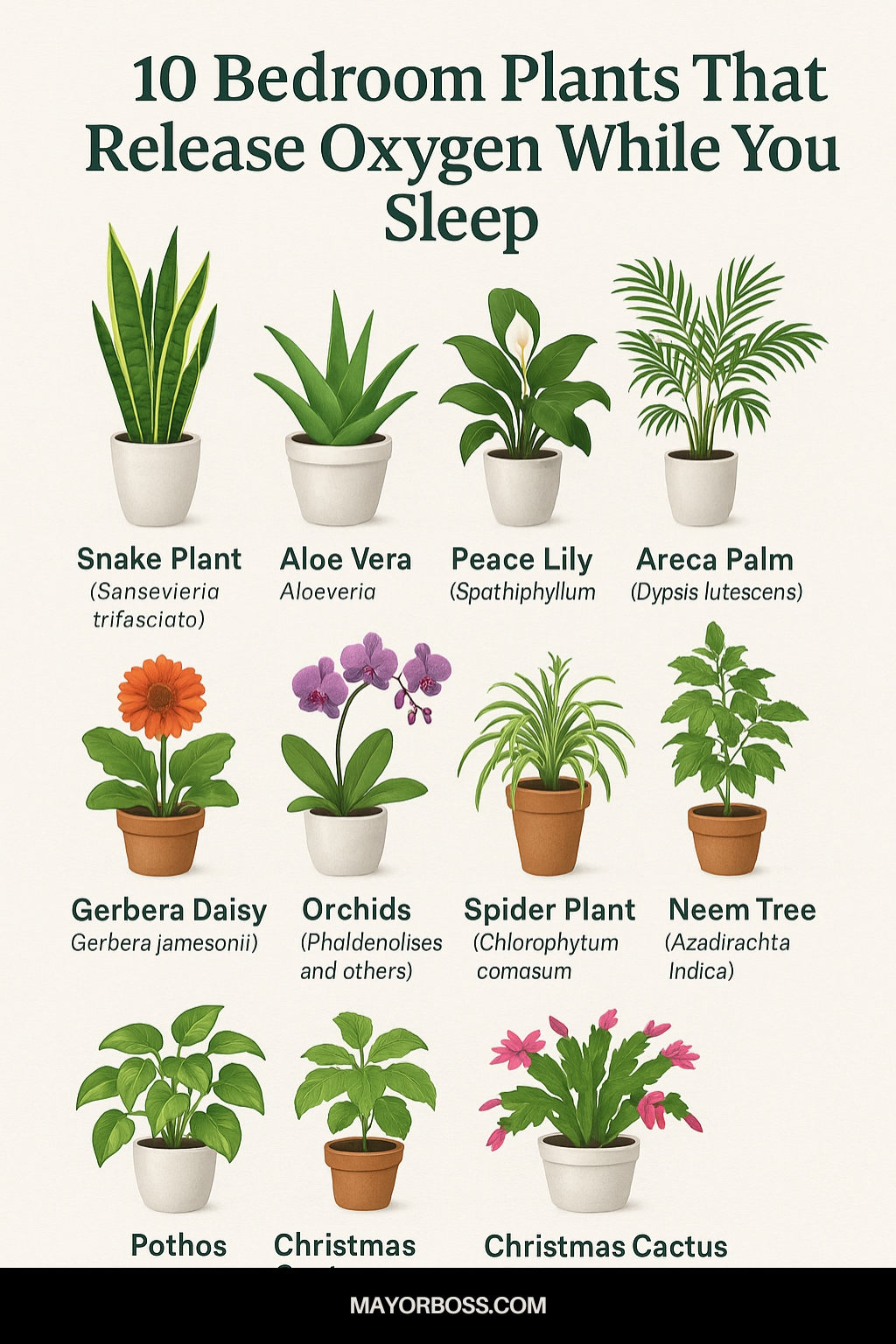How to Use Epsom Salt in Garden for Improving Plant Growth
Epsom salt, a natural mineral compound of magnesium and sulfate, can help boost plant growth when used correctly in the garden. It improves nutrient absorption, encourages green leaves, and can help certain crops produce more fruit. Use Epsom salt by dissolving it in water and applying it as a foliar spray or soil drench, or by sprinkling it around the base of plants. Always follow recommended guidelines to avoid overuse.

What Is Epsom Salt?
Epsom salt, also known as magnesium sulfate, is a mineral compound. Many gardeners use it because it supplies two important nutrients: magnesium and sulfur. Plants need these nutrients for healthy growth, strong roots, and proper photosynthesis.
Why Plants Need Magnesium and Sulfur
Magnesium plays a key role in photosynthesis, the process that lets plants use sunlight to make food. Without enough magnesium, plants may develop yellow leaves and poor growth. Sulfur helps plants make proteins and vitamins.
If your garden soil lacks these nutrients, adding Epsom salt can help restore balance.
Signs Your Plants Might Need Epsom Salt
You may notice these signs if your plants are short on magnesium:
- Yellowing between the veins of leaves, especially in older leaves
- Leaf curling or distortion
- Slow or stunted growth
- Poor fruit or flower production
Tomatoes, peppers, and roses are especially prone to magnesium deficiency.
How to Use Epsom Salt in the Garden
There are several ways to use Epsom salt in your garden. The best method depends on your plant’s needs and what you are trying to achieve.
1. Soil Drench
A soil drench delivers nutrients directly to plant roots. Dissolve 1 tablespoon of Epsom salt in 1 gallon of water. Pour the solution around the base of each plant once a month during the growing season.
2. Foliar Spray
A foliar spray can help plants quickly absorb magnesium. Dissolve 1 tablespoon of Epsom salt in 1 gallon of water. Pour the solution into a spray bottle and mist it onto the leaves. Use this spray once a month, preferably early in the morning or late in the afternoon.
3. Direct Soil Application
For established plants, sprinkle 1 tablespoon of Epsom salt around the base of each plant. Gently work it into the top inch of soil, then water well. Do this once every four to six weeks.
4. Garden Bed Preparation
Before planting, mix 1 cup of Epsom salt per 100 square feet of soil. Spread it evenly and work it into the soil. This helps give new plants a healthy start.
Which Plants Benefit Most?
Some plants respond especially well to Epsom salt:
- Tomatoes and Peppers: These crops often show signs of magnesium deficiency. Epsom salt can help prevent blossom end rot and improve fruit set.1
- Roses: Regular applications can help produce deeper green leaves and more blooms.
- Leafy Greens: Epsom salt encourages lush, healthy leaves.
- Houseplants: Small doses can keep indoor plants vibrant.
When to Avoid Using Epsom Salt
Epsom salt is not a cure-all. Not all soils are low in magnesium. If your soil already contains enough, adding more Epsom salt can lead to imbalances. It’s best to test your soil before regular use.
Some plants, like beans and root crops, rarely need extra magnesium. Overuse can even harm plants and affect soil health over time.
How Often Should You Use Epsom Salt?
- Monthly applications work well for most flowering and fruiting plants during their growing season.
- Do not use every week or in large amounts. More is not always better.
Safety Tips
- Keep Epsom salt away from children and pets.
- Do not apply directly to leaves on hot, sunny days to avoid burning.
- Store in a dry, sealed container.
Research and Expert Opinions
Studies show mixed results. Some research supports the benefits of Epsom salt for certain plants, especially in magnesium-deficient soils. However, using it when the soil already contains enough magnesium can be unnecessary or even harmful. In fact, the University of Minnesota Extension Service generally advises against adding Epsom salt unless you have a magnesium deficiency in your garden. The best approach is to observe your plants and test your soil.23
Summary
Epsom salt can support healthy plant growth by providing magnesium and sulfur, especially for tomatoes, peppers, and roses. Apply it through soil drench, foliar spray, or by mixing into the soil. Use it only as needed, following recommended guidelines, and always consider testing your soil before starting.
FAQs
1. Can I use Epsom salt on all plants?
Not all plants need extra magnesium. Use it mainly on those showing deficiency or known to benefit, such as tomatoes, peppers, and roses.
2. How much Epsom salt should I use for houseplants?
Use 1 teaspoon of Epsom salt per gallon of water and water houseplants monthly.
3. Can Epsom salt harm my plants?
Yes, too much can harm plants and disrupt soil balance. Always follow recommended amounts and test your soil when in doubt.
4. Is Epsom salt a substitute for fertilizer?
No, it provides magnesium and sulfur but does not replace balanced fertilizers that supply other nutrients like nitrogen, phosphorus, and potassium.
5. Will Epsom salt help my lawn grow greener?
It can help if your lawn shows magnesium deficiency. Apply 2 tablespoons per gallon of water for every 12 square feet. Avoid overuse.






